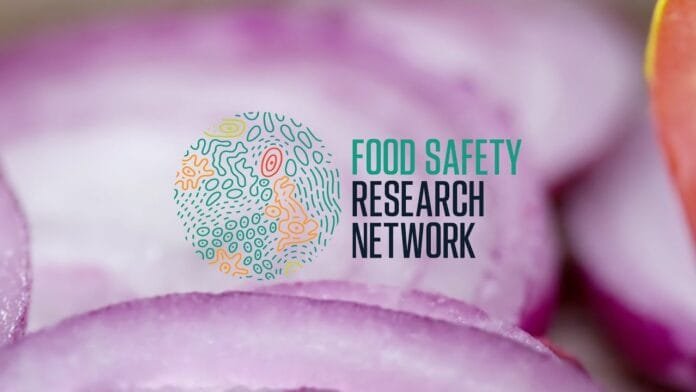The Food Safety Research Network UK, recently renewed by the FSA, is facing debate as critics argue early-access players may be quietly shaping national food standards.
Pre-Regulatory Influence in UK Food Safety
Beneath its collaborative veneer, the UK’s Food Safety Research Network (FSRN) is quietly becoming a gatekeeper for pre-regulatory influence. As new food technologies outpace formal standards, FSRN’s structure increasingly favors early-access actors—well-resourced companies, universities, and research groups able to shape the definition of “safe” before rules are set.
The timing is critical. The Food Standards Agency (FSA) is reviewing its strategy for novel food approvals in the UK, with regulatory guidance on lab-grown proteins, bacteriophage use in food safety, and vertical farming safety standards expected within the next 12 to 18 months, with draft outputs likely in Q2 2026. How early standards are framed—and by whom—could define the next decade of food safety oversight.
FSRN Secures £650K in UK Food Safety Funding
Hosted by the Quadram Institute and co-funded by the FSA and UK Research and Innovation’s Biotechnology and Biological Sciences Research Council (BBSRC), the FSRN has just secured £650,000 in public funding through 2028. But the real story may lie in how the network is evolving—from bridge-builder to soft-power regulator.
“We’re hitting the ground running with real energy and purpose,” said Dr. Matthew Gilmour, co-director of FSRN and a research leader at Quadram. “The network has shown what’s possible when you bring food businesses and researchers into the same room to solve real-world problems.”
Who Shapes UK Food Standards?
That room—shaped by project calls, grant criteria, and policy proximity—increasingly functions as a proving ground for what the UK might consider acceptable in novel foods and production systems.
Since its 2022 inception, the FSRN has drawn nearly 500 members across 290 organizations, awarded £1.88 million across 42 projects, and hosted 11 national workshops. Its track record includes collaboration with the Chilled Food Association on E. coli test validation, bacteriophage support at the University of Leicester, and co-developed vertical farming safety guidance with Fera Science and the Fresh Produce Consortium. These projects are now feeding into preparatory work ahead of UK food safety regulatory consultations expected in 2026.
SME Access and Funding Transparency in FSRN
Yet access remains uneven. “Smaller players struggle to engage unless they’re already part of the ecosystem,” said one UK-based startup founder whose project was not selected for FSRN funding. “It feels more like a club than a network.”
While the network highlights its support for SMEs in food safety research, no public breakdown of funding by organization type has been released. Observers say academic-led consortia and larger companies often dominate shortlisting, due to their ability to co-develop compliant proposals on tight timelines.
Four Strategic Themes for FSRN’s Next Phase
The next phase will deepen FSRN’s work across four strategic themes:
- Microbial threats: biofilms, foodborne pathogens, and in-situ surveillance
- Novel food production methods: vertical farming, insect proteins, and cultivated food risks
- Traditional supply chain controls: training, data-sharing, traceability
- Home food safety in the UK: consumer behaviour, refrigeration design, and storage practices
The inclusion of domestic food safety research signals a shift in how risk responsibility is distributed. By elevating home refrigeration and consumer behaviour to research priorities, FSRN could set the stage for future behavioural guidance or appliance regulation.
Global Comparison: UK vs EFSA and FDA Approaches
FSA officials defend the network’s inclusive intent. “Science is at the heart of everything we do,” said Dr. Rick Mumford, the agency’s deputy chief scientific adviser. “The network plays a critical role in helping us stay ahead of emerging food safety risks and in shaping an agile and evidence-based approach to regulation.”
In contrast, the European Food Safety Authority (EFSA) and U.S. Food and Drug Administration (FDA) have drawn clearer boundaries between research and regulation—relying more heavily on formal consultation windows and peer-reviewed processes once guidance is in development.
Why FSRN’s Influence Matters Before Legislation
With only £650,000 allocated for its second phase, FSRN’s ability to scale remains in question. But its role in shaping policy consensus—ahead of legislation—is growing. In a food system racing toward complexity, the most influential voices may not be in Parliament or industry associations, but in research consortia that decide what gets studied, and why.



